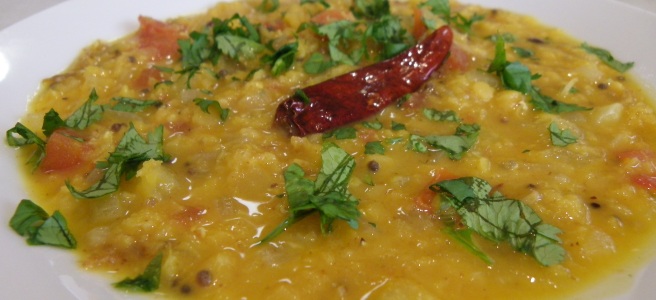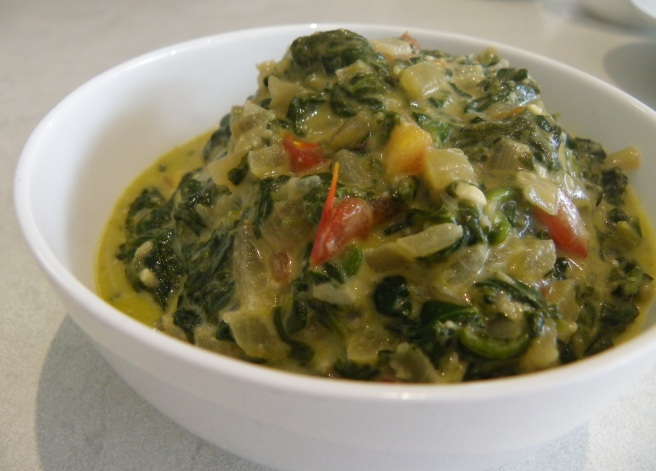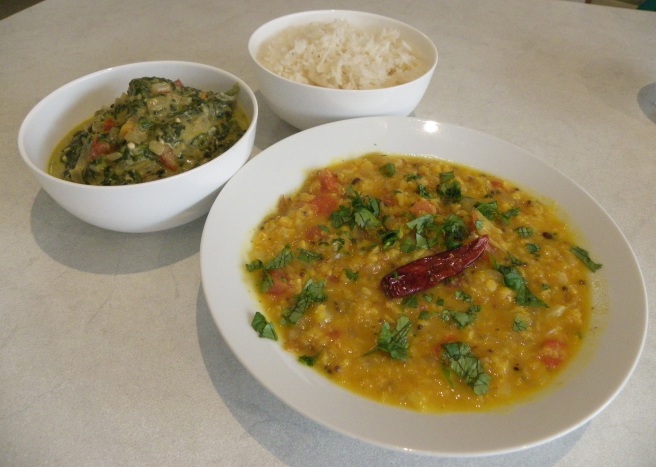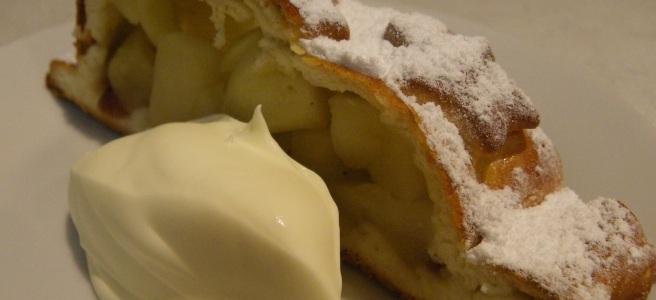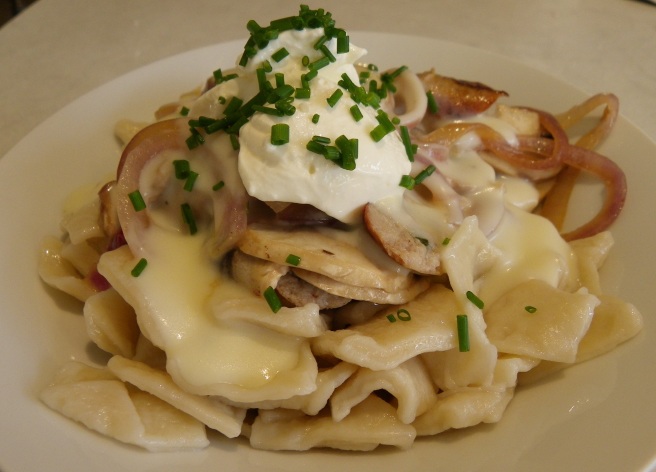 Challenge Log:
Challenge Log:
#47 Date selected: 06/07/17 Date completed: 31/07/17
Country selected: Kosovo
Dining Selection: Cooked Own
What was on the menu/Recipe address:
- Flija
http://globaltableadventure.com/recipe/flija/
I remember the Kosovo war. It was in the late 90s when I had just moved out of home and was studying at university for the first time. It was regularly in the newspapers and on the television but, I’m ashamed to say, apart from having a vague idea of what the war was about and the ability to…..maybe…..be able to point out the general region on a map, my knowledge of Kosovo is severely lacking.
Kosovo is in the central Balkan Peninsula, landlocked and bordered by Albania, Macedonia, Montenegro and Serbia (though whilst Serbia recognises administration of the territory by Kosovo’s elected government, it continues to claim it as its own). Strategically positioned, Kosovo serves as an important link in the connection between southern and central Europe and the Black and Adriatic Seas.
The terrain is mountainous with forests representing a significant 39% of the total surface area of the country. As a result, there is a wide range of flora and fauna, with more than 1800 species of vascular pant species (with the actual number estimated to be higher than 2500) identified. Rare or endangered animal species live in this habitat along with 255 species of birds. These include lynxes, brown bears, lesser kestrel, the golden and eastern imperial eagles, wild cats, roebucks, deers, wild goats, wolves and foxes.
Not surprisingly, the Kosovan cuisine is similar to that of surrounding Albania, Montengro and Greece. It also draws heavily on influences from Turkish cuisine. Diary is featured heavily in the diet including milk, cheese, yogurt, ayran, spreads and kaymak. Beans, rice, peppers and meat such as beef, chicken and lamb are also staples, along with seasonal vegetables.
This challenge was a little like a challenge on top of a challenge for me. It took me quite some time to decide on what to make but in the end I decided upon a cake……that takes 3 hours to make!
Traditionally Flija is cooked layer by layer outside, near a campfire with friends and family around. Little by little the cake builds as you chat and monitor the cooking process. The cake itself is a cross between bread, cake and a pancake I guess but the picture that I found online was what sealed the deal for me. Delicate threads of batter formed together to create the whole.
As I didn’t have a spare fire pit handy, I found a recipe where the author had worked out how to create the same effect under a broiler or grill. They recommended using a couple of plastic squeeze bottles and I would also highly recommend this for anyone interested in giving this a go.
The plan was to sit round the oven grill with a bottle of wine, near the end of winter and create this dish. I had actually invited my sister-in-law around to help but she had something come up last minute and was unable to make it. I was worried that the dairy products wouldn’t keep long enough for me to make another attempt so in the end it was just me, the stove and a bottle of wine!
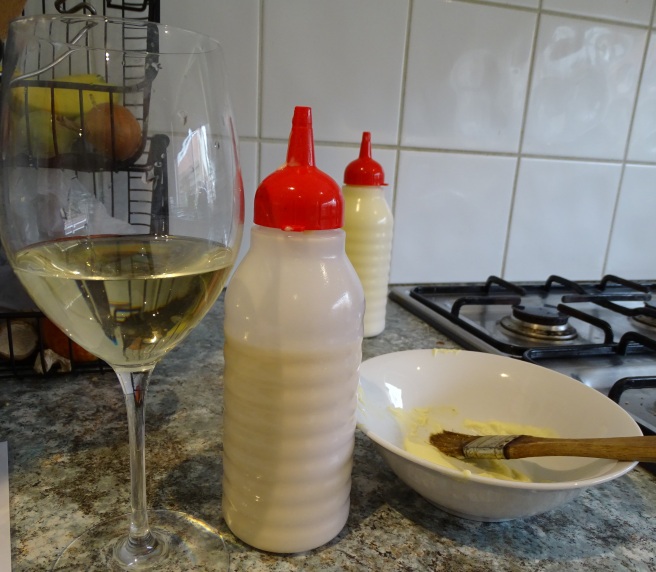
There are two layers to the cake – one is a mixture of flour, eggs and milk, the other a mix of sour cream, kefir and melted butter. You lay one of the batters around a pan like rays of the sun or spokes in a wheel and grill it til cooked. The spokes are brushed with dairy mixture, then the next layer of batter is squeezed on between the spokes of the first.
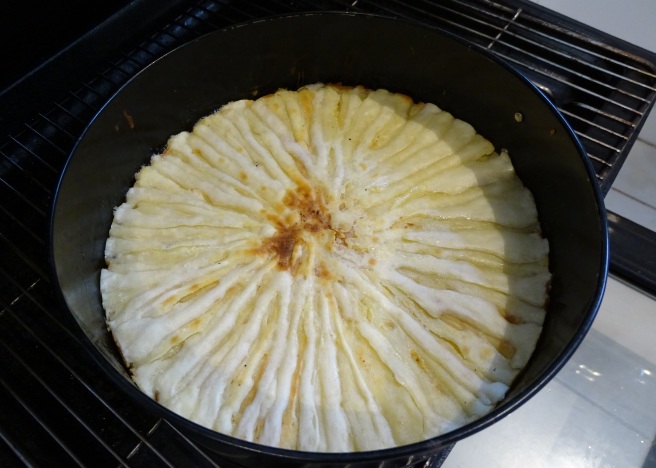
Each layers takes 3-5 minutes to complete but little by little the pan begins to fill. When you run out of batter, you are done! It sounds simple enough but the grill is up high and the radiant heat is intense. The wine was amazing but I ended up having to rehydrate with water on several occasions throughout the afternoon.
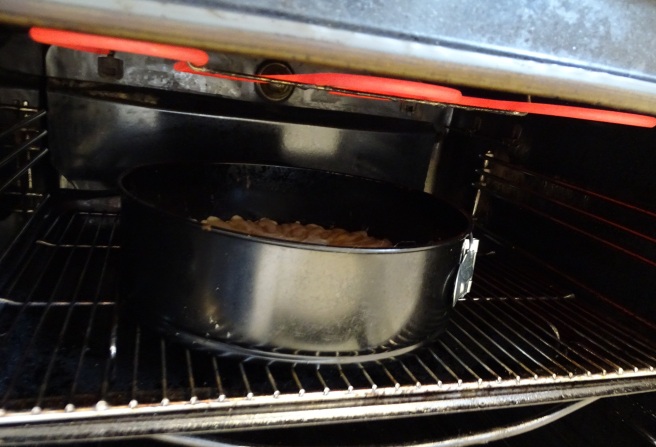
The end result though was incredible. It doesn’t look like a whole lot when you first take it out of the pan, but when you slice it up and the layers become visible, it’s a whole other ball game. You can see from the picture how the layers start to thin more as you get near the top, that’s because when I first started, instead of brushing the dairy batter onto the first layer, I was actually using it as the second layer of spokes. I realised a little way in and then continued the correct way for the rest of the process. It also takes a bit to get used to how the batter will fall into the pan. I started in the middle, spreading out to the edges of the pan but was finding that the cake was getting much higher in the middle. In the end I decided to mix it up a bit and did some from the outside in and vice versa depending on how I felt the cake was forming.
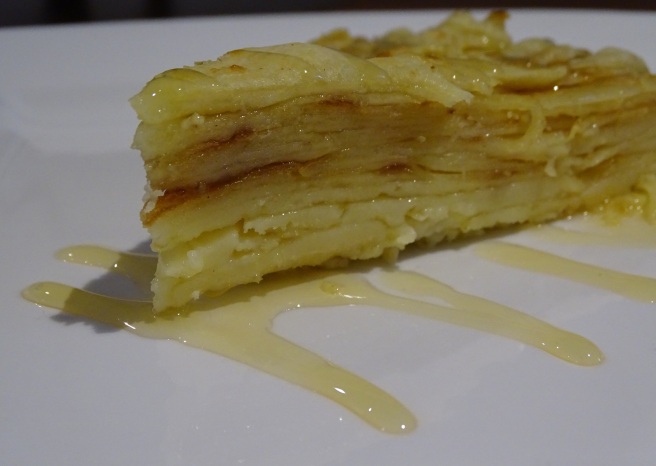
These bottom layers were a little thicker and heavier than the top but the texture of the top layers was incredible. Surprisingly light given the heaviness of the batter and broke apart as you ate it.
The taste is very reminiscent of a pancake but the kefir and sour cream give a bit more of a bite to the flavour. I drizzled some honey over it and the sweetness and texture complimented the cake perfectly. It’s very moreish and much better to eat fresh – the layers tend to dry out after a day or two.

I really enjoyed this challenge. It was completely different to anything I’d done before and I was extremely happy with the results. I would definitely like to try this again, definitely not in summer, and this time with company so that we can chat as we cook and share in the spoils at the end.
But instead, I’ve got my next challenge to attend to…..






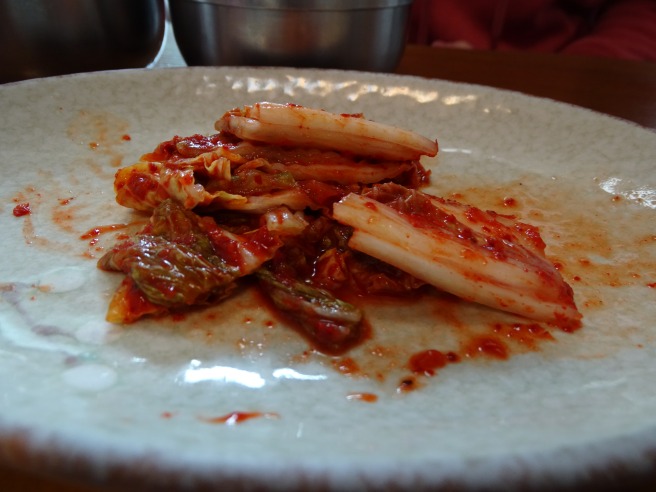



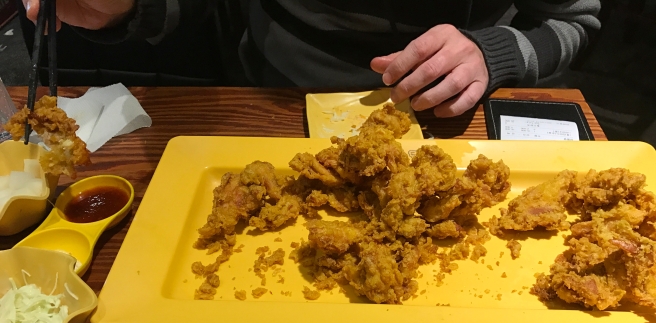






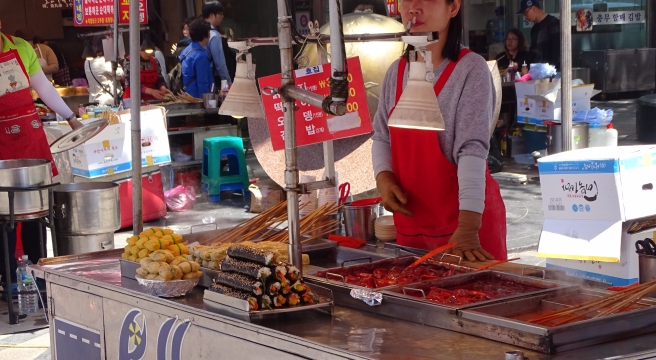



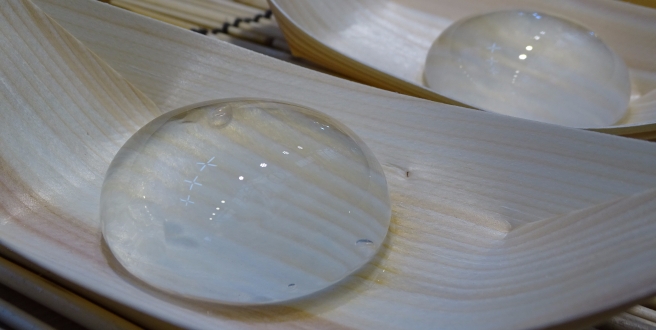






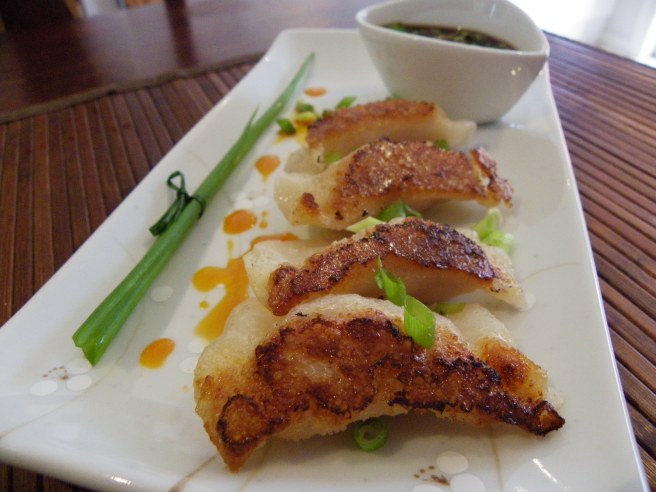




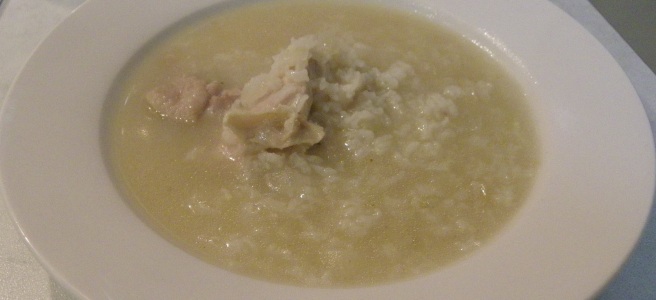
 Challenge Log:
Challenge Log: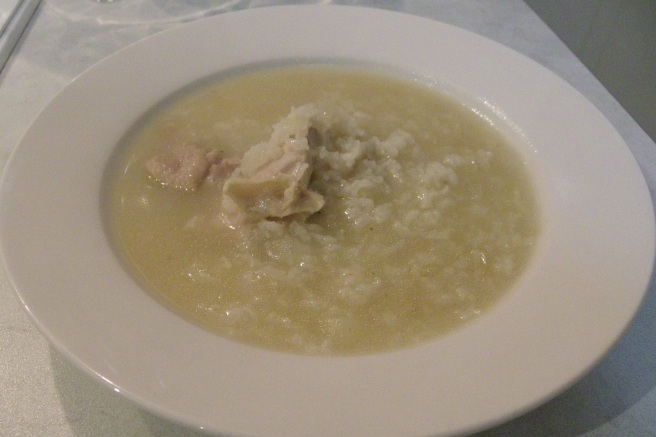
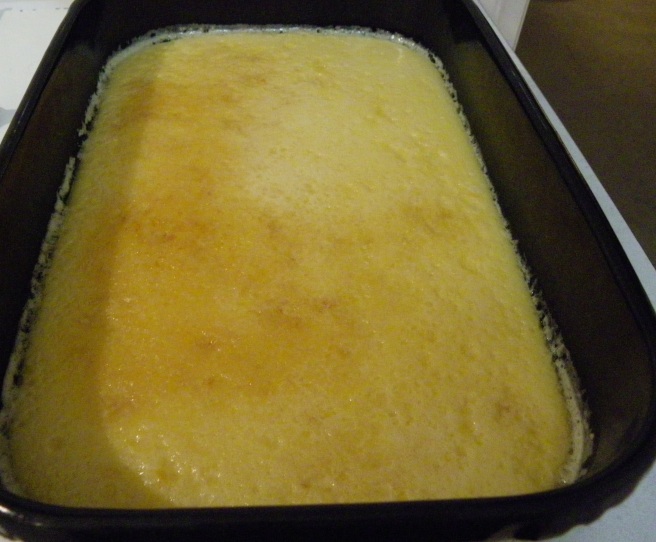
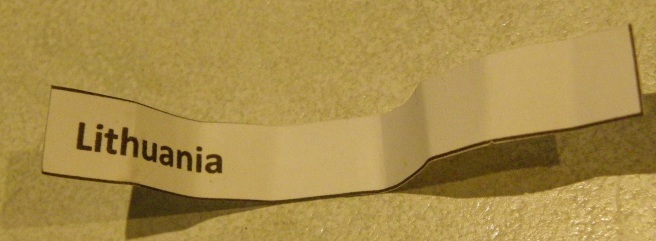

 Challenge Log:
Challenge Log: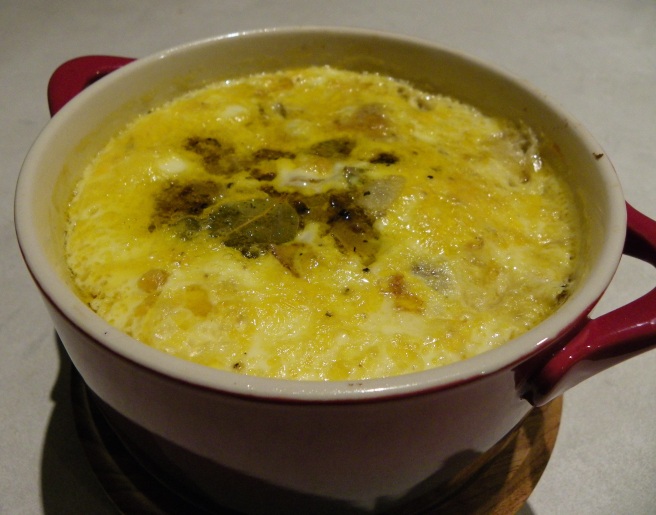
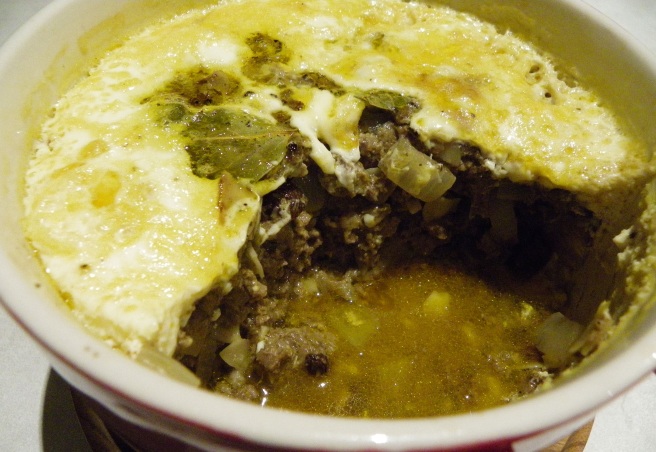
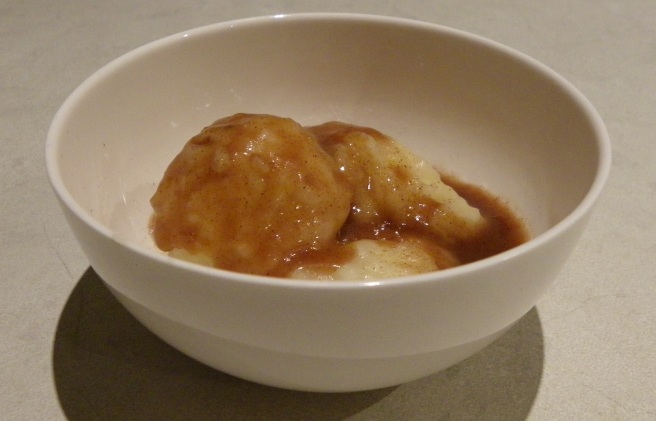

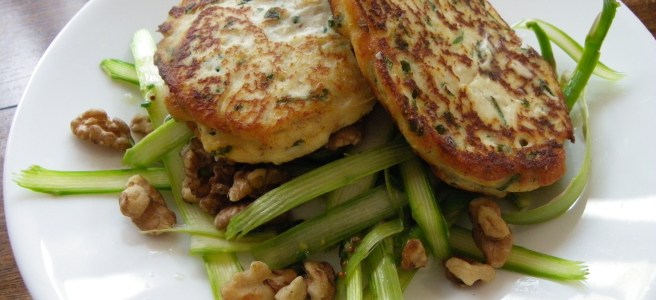







 Challenge Log:
Challenge Log:

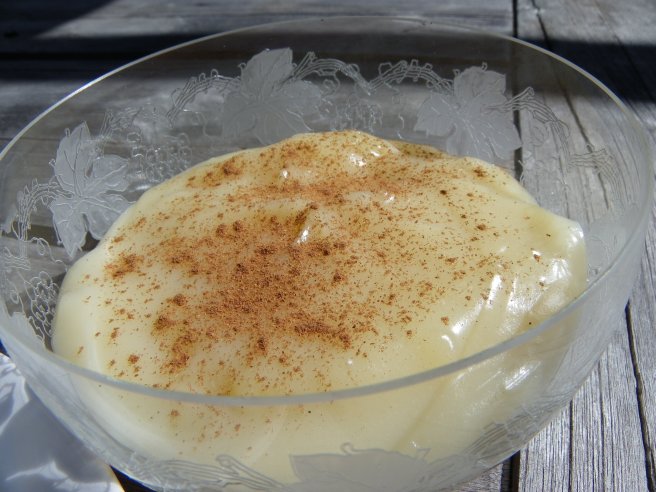

 Challenge Log:
Challenge Log:


